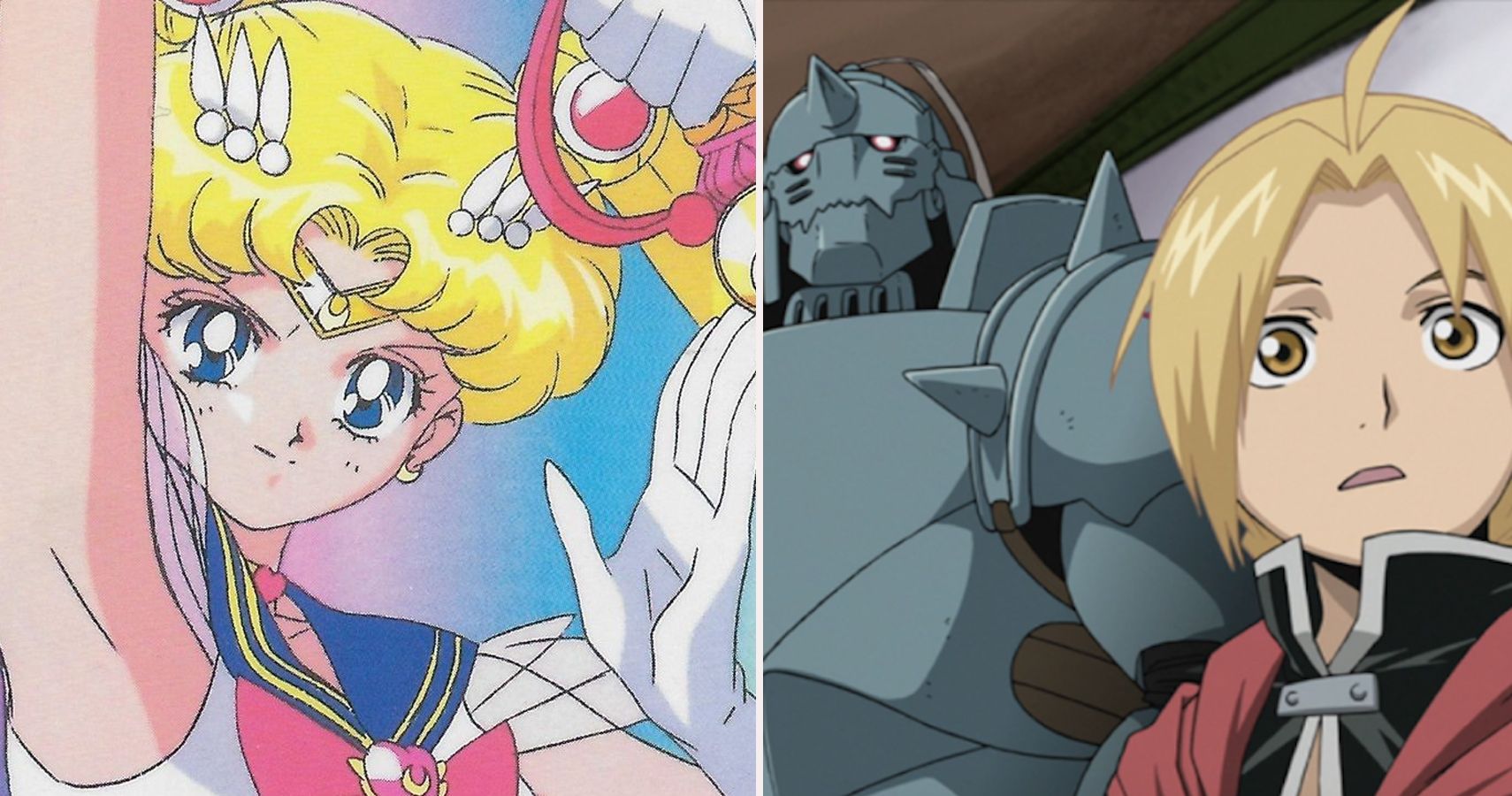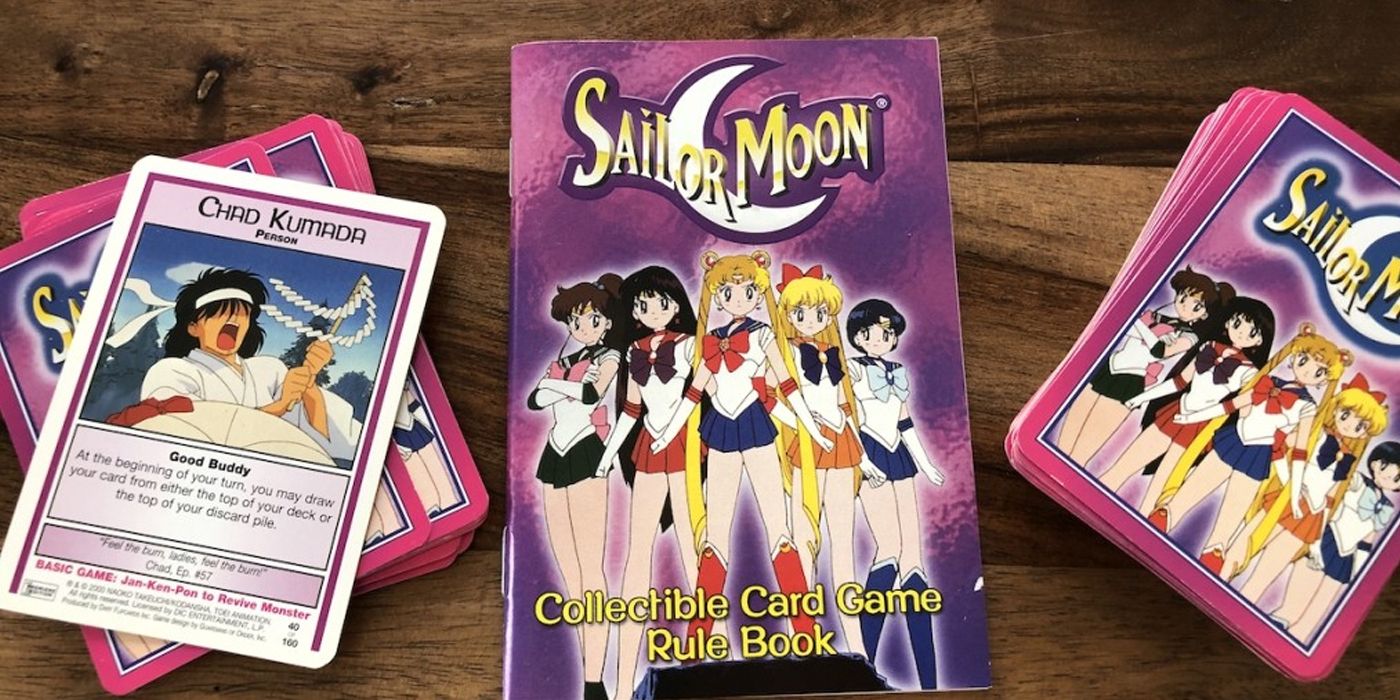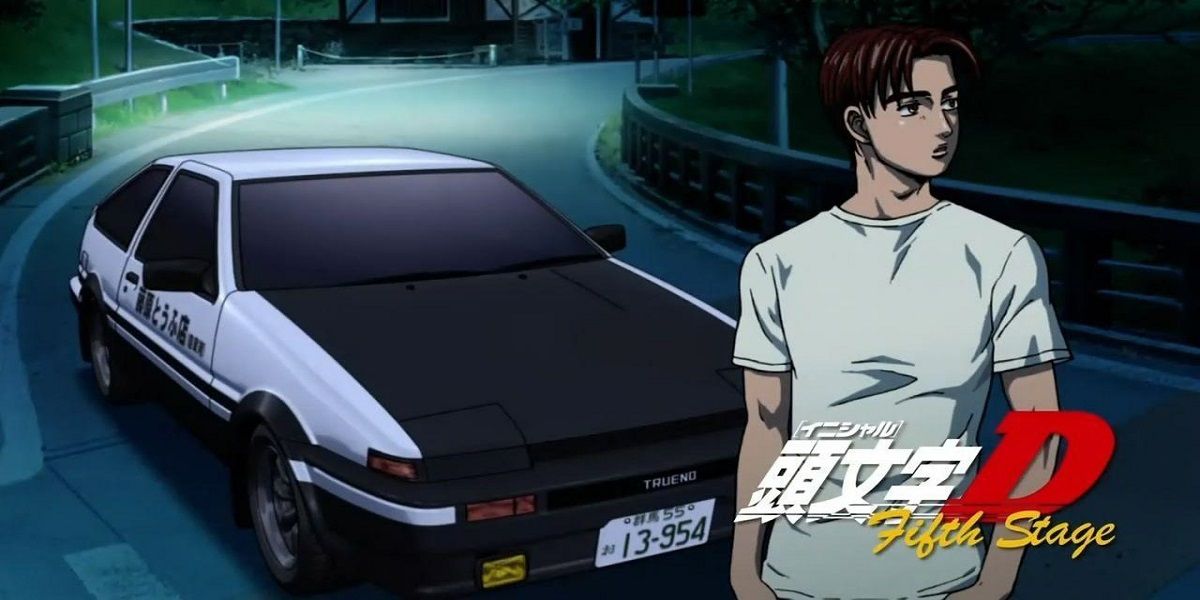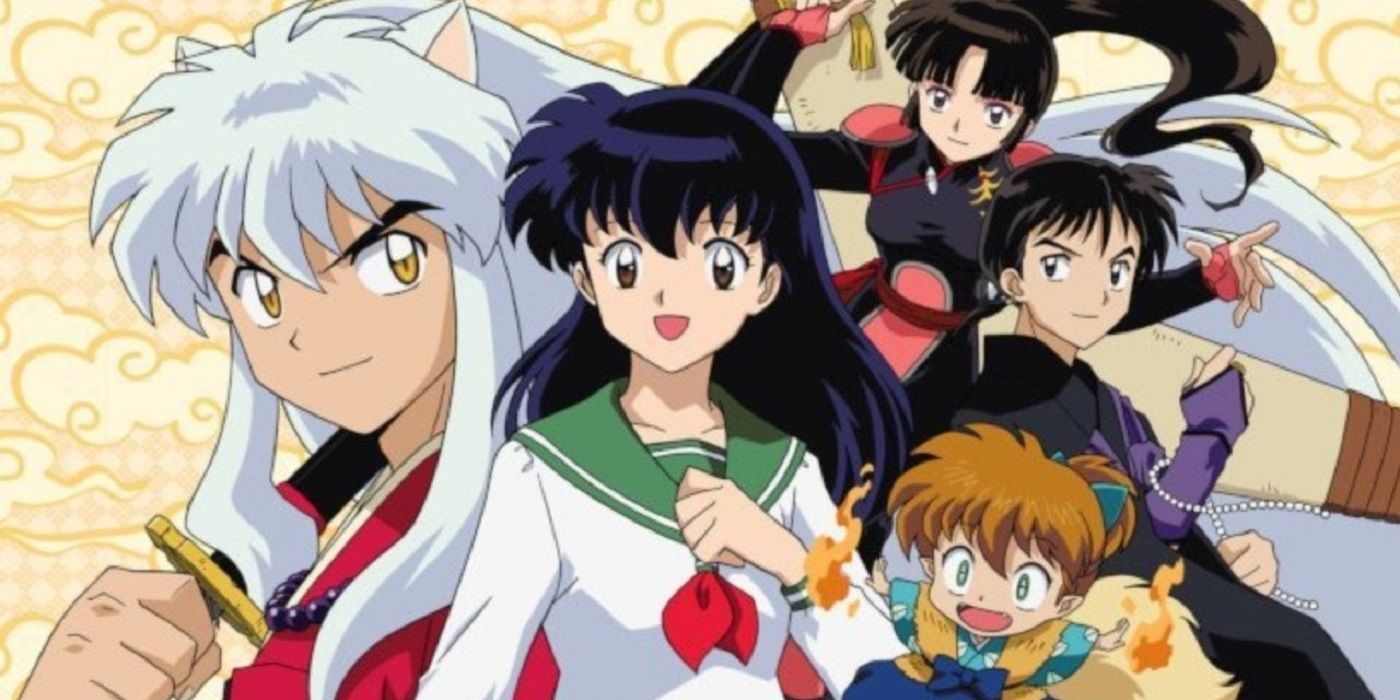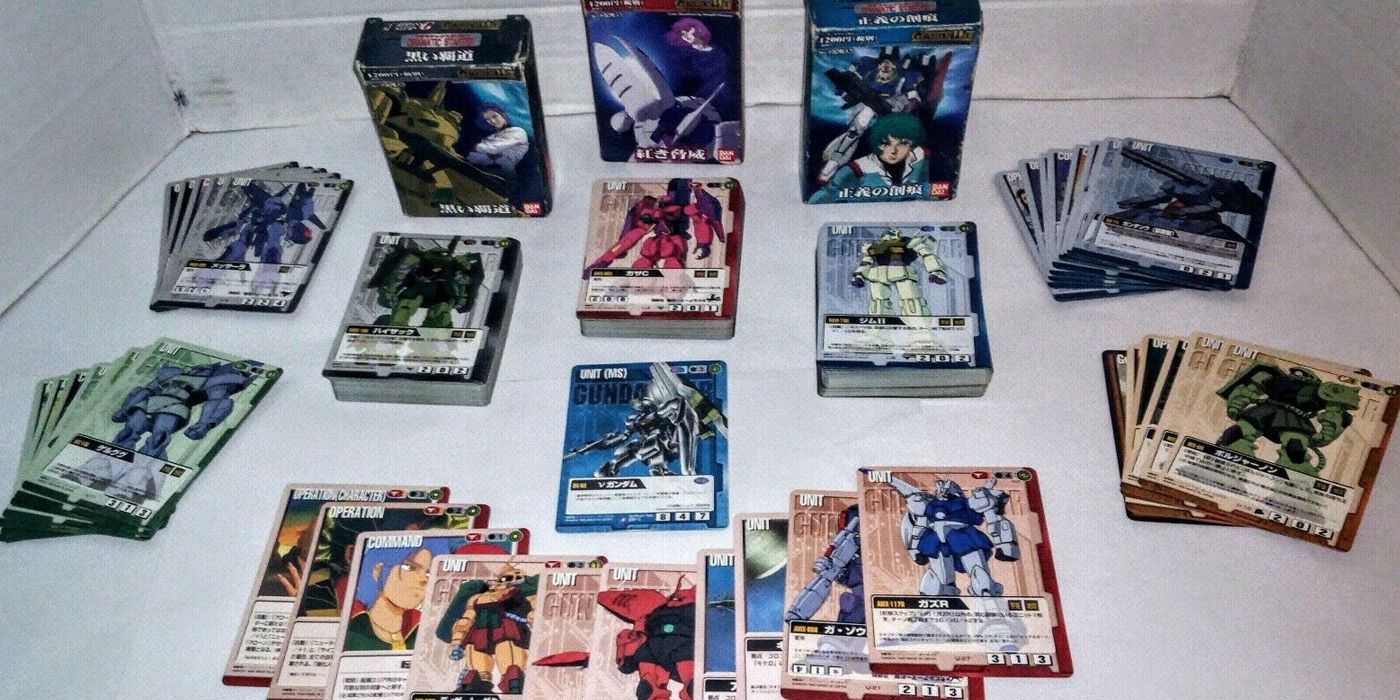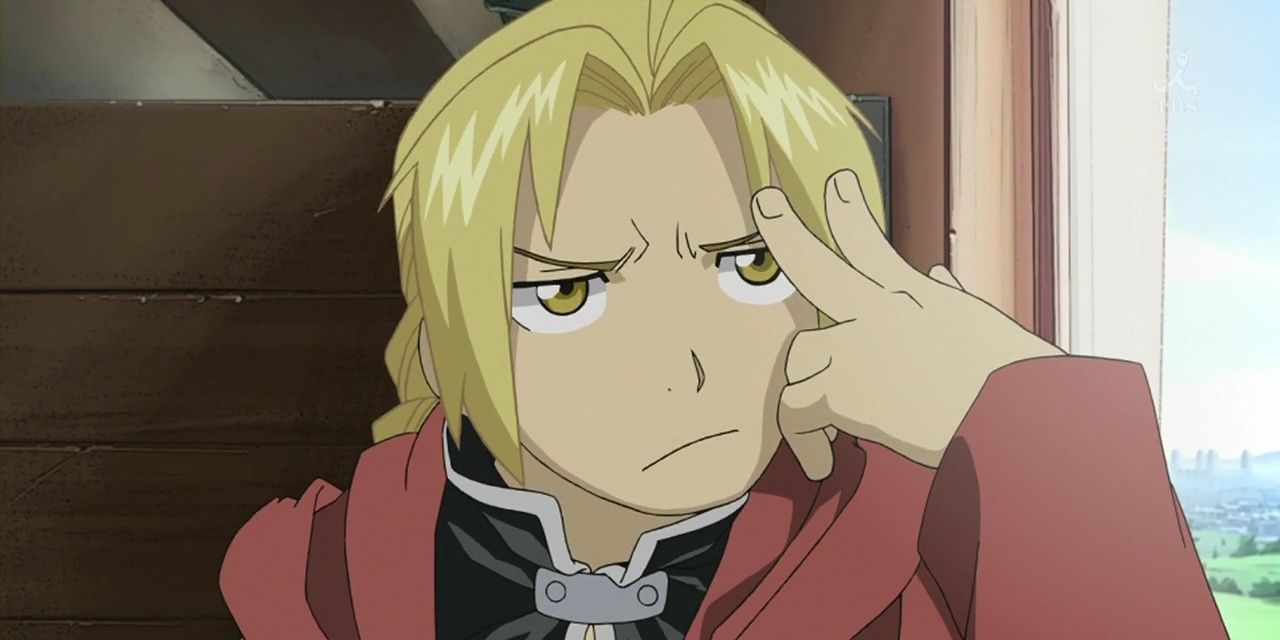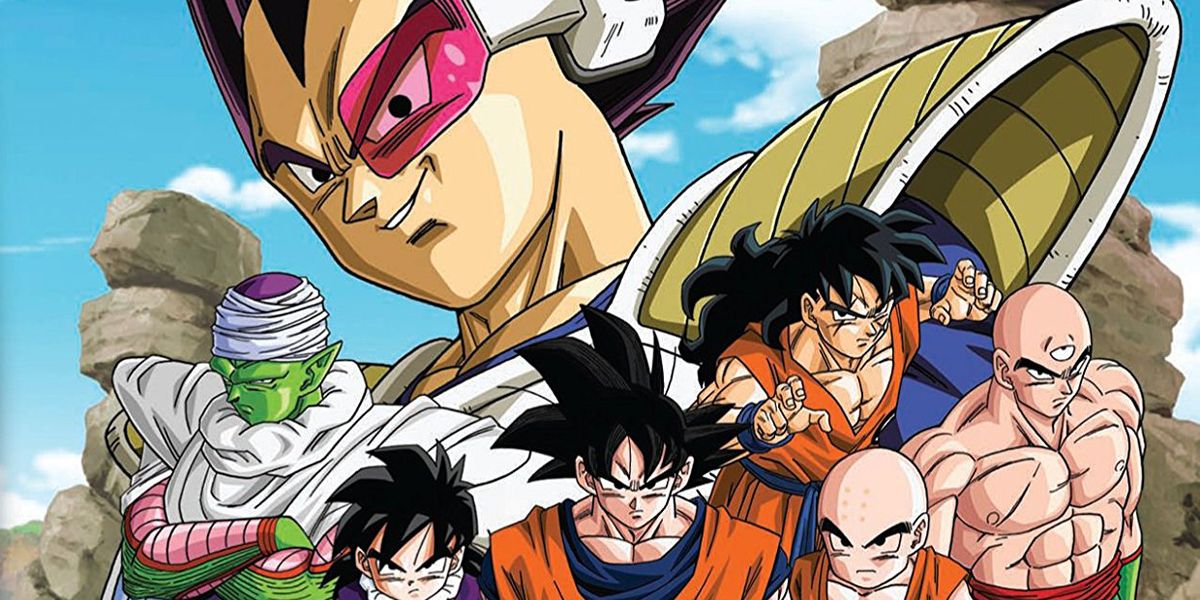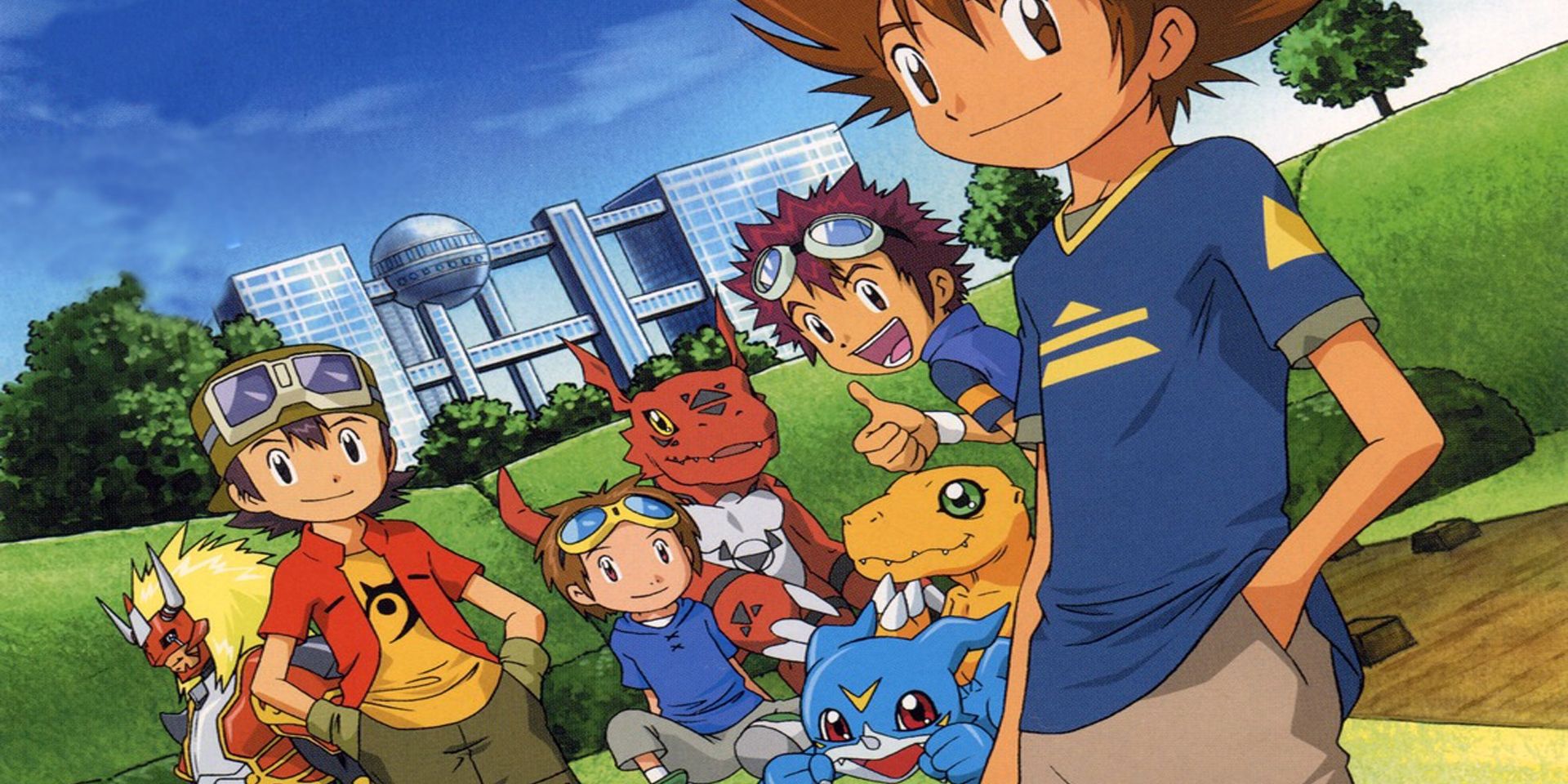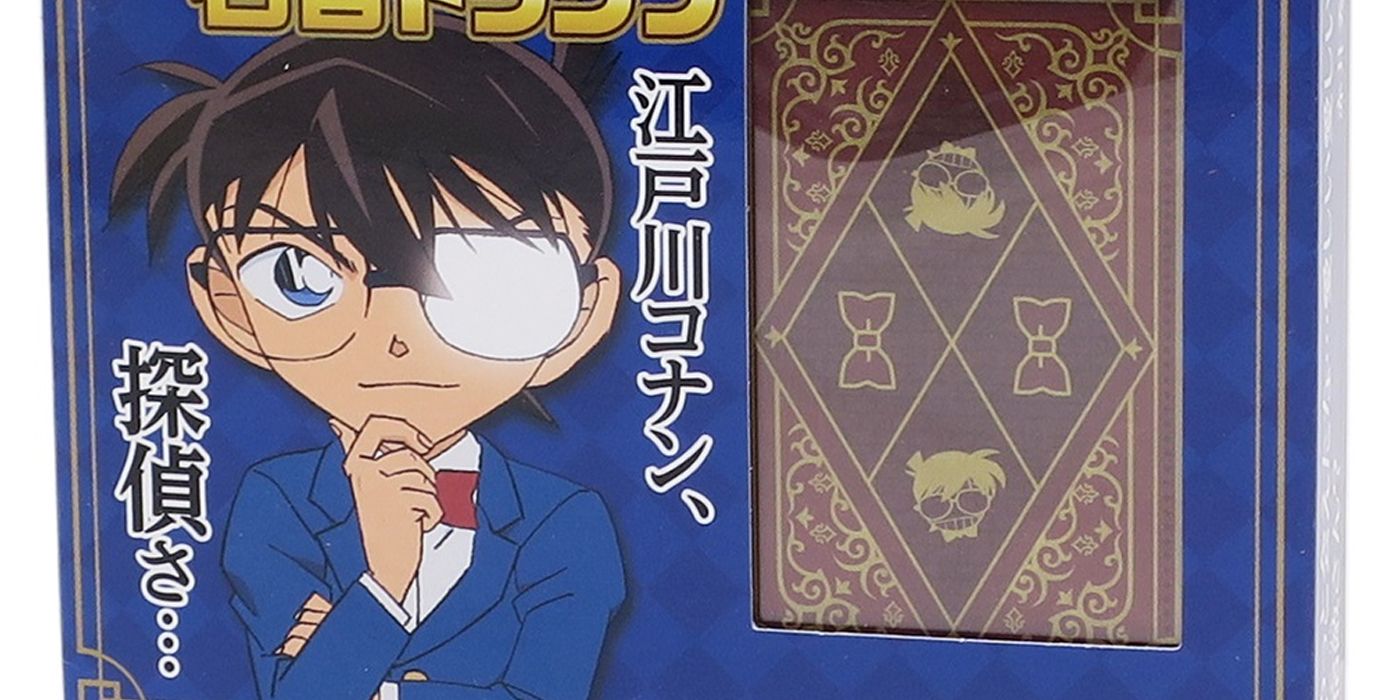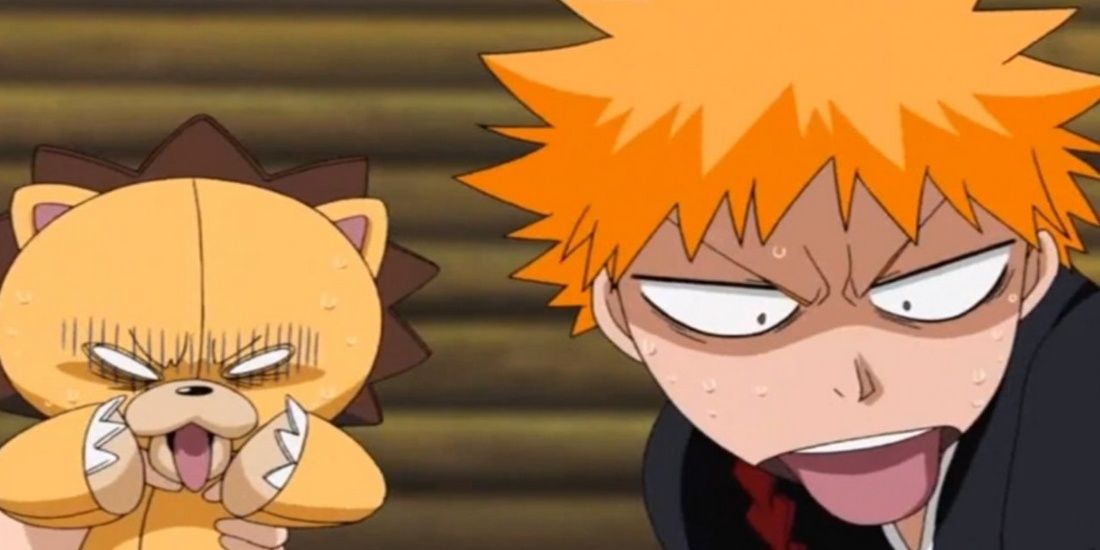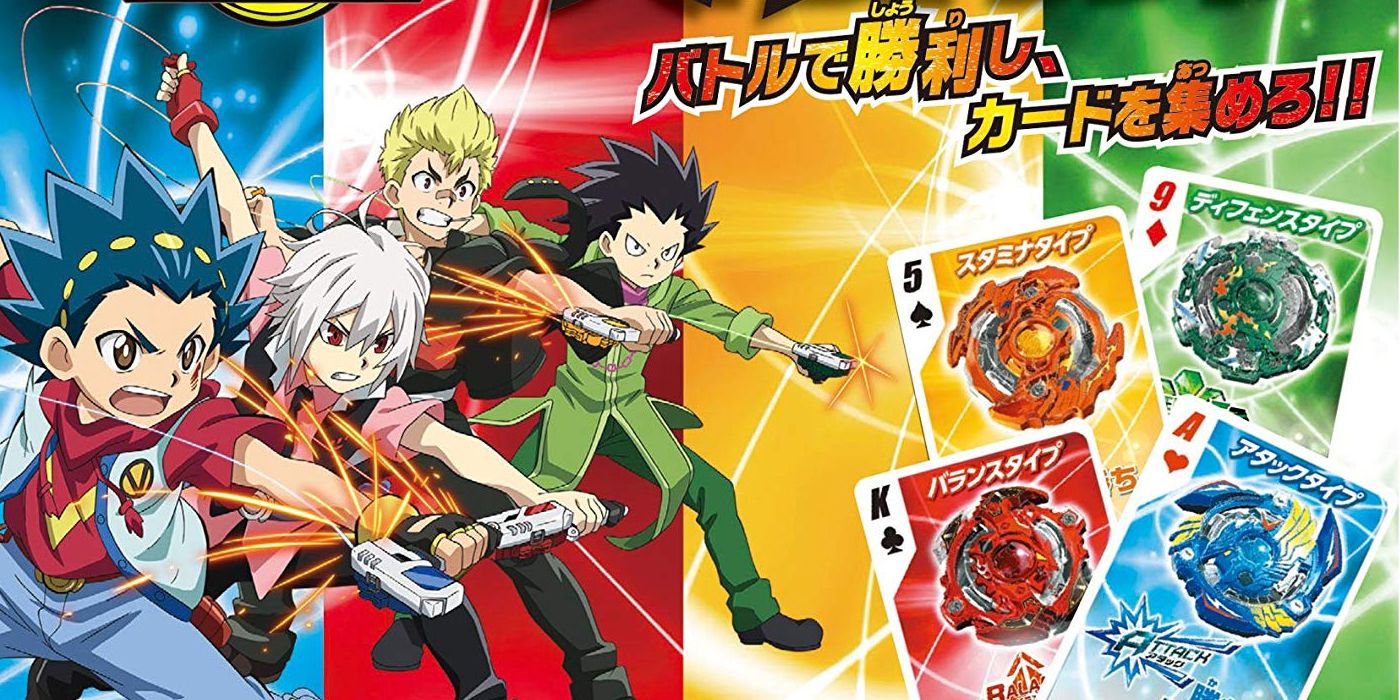Though it isn't as likely as with video games, when we think of anime and card games, a bunch of different series can come to mind. There’s Yu-Gi-Oh at the front of things naturally, but there’s other series as well, like Cardfight! Vanguard, Future Card Buddyfight, Duel Masters, and even more obscure series like Selector Infected WIXOSS or Aikatsu.
But anime actually has quite the long history with card games, dating back to the late ’90s and early 2000s. Where there’s a popular series, there are people waiting to make merchandise to extend the series’ reach. Most of these series have failed, but this list exists as a monument to all the card games you never even knew existed.
10 SAILOR MOON
In July of 2000, Dart Flipcards released Sailor Moon Collectible Card Game, which was based on the dub version of the series. The game was a one-on-one series where the Sailor Scouts would face off both against one another as well as against the villains. To win, a player had to either defeat the other player’s Scouts or beat enough enemies to get a high enough victory point total to win.
It featured a variety of cards aside from the Sailor Scouts and villains though, including special accessories, minor characters from the series, locations, and the “Power” cards which would add on to the player’s stats to aid their attacks. The series had an initial set of 160 cards, then a follow-up set entitled Sailor Moon: Past and Future that had an additional 70 cards.
9 INITIAL D
The popular racing anime Initial D received a card game in 2003 courtesy of AEG, a company currently best known for taking over control of Legend of the Five Rings. In this card game, players would build their deck around specific cars, adding special “tune-up” cards to boost their cars’ performance.
The game surprisingly mimicked the anime pretty closely, as it focused on how players handled the different phases of a race, mainly curves and straightways. Players would have to play the right maneuver cards during curves, then try to max their speed during the straight-ways before getting through the final curves.
8 INUYASHA
In 2004, Score Entertainment (known for multiple different anime card games) released a card game for the recently imported series InuYasha. Each player built a 60 card deck that featured four different kinds of cards: Character cards, items, locations from the series, and event cards which represented the big story beats.
Players could win in one of two different ways in the game. Firstly, they could go for the goal of the show itself and try to collect the shards of the Shikon Jewel, represented as ten face-down cards when the game begins. Alternatively, they could force their opponent to deck out.
7 MOBILE SUIT GUNDAM
Gundam has had multiple card games over the years, going back well over a decade, with the most recent one being Gundam Cross War that began in 2015. In Cross War, players take on the role of a Captain that controls a ship with several other Gundam on it.
The goal is for players to take out their opponent’s mother ship, with each player having 30 life point at the beginning of the game. As always with Bandai, Gundam Cross War isn’t technically available in English. The cards are published exclusively in Japanese, but they are kind enough to give English translations for the devoted superfan.
6 FULLMETAL ALCHEMIST
Following two young boys who commit the cardinal sin of alchemy by trying to revive their mother, the popular shonen series actually got two different card games. There was one made by Bandai in 2004 called Fullmetal Alchemist: Alchemic Card Battle. This game was never brought over to the West and remains in Japanese.
Then there’s one created in 2005 by a company known as Joyride Entertainment, with the simple title of Fullmetal Alchemist: TCG. This game actually took its cues from the show, with each player searching for clues to discover the Philosopher’s Stone.
5 DRAGON BALL Z
Goku, Vegeta, and the rest of the Z Warriors got a couple of TCGs based off their battles. The most popular one is the Dragon Ball Z Collectible Card Game, originally made by Score Entertainment and using screen captures of actual scenes from the anime to give their card game a bit of extra power.
The series ran for years, gradually building from the Saiyan Saga to the Buu Saga and even including the GT stories eventually. Though it died briefly, it was revived by Panini Entertainment in 2014, and only stopped to make way for the current card game, Dragon Ball Super, in 2017.
4 DIGIMON
Most people have probably never heard of Digimon's card games, but they’re also probably not surprised by their existence. Both Pokémon and Digimon seemed to want to try everything during the height of their popularity, with Digimon actually earning two separate card games towards the end of the last century.
The first one was created by famous card company Upper Deck, and featured a unique system where players could only construct decks that had a single copy of each card they used. Later on, Bandai would create the Digimon Collectible Card Game, which would allow players to collect Digimon and battle against one another to gain Data Points and win the game.
3 CASE CLOSED
Once again Score Entertainment steps up to give us the card game none of us were ever sure we needed. The Case Closed Trading Card Game was released in 2005, with players assuming both detective and criminal roles in the game.
The game offered multiple different types of cards: Gadgets, clues, characters, events, and cases. The goal of each game was to solve a specific case, and the one to win two out of three matches was crowned the winner.
2 BLEACH
The Bleach Trading Card Game was introduced in 2007 by Score Entertainment. The game saw players use Guardian cards, which represented characters from the show, then use sixty-card main decks and twenty card side decks featuring energy cards for the Guardian. Energy cards were essentially the resource for the game, allowing players to pay costs.
The other cards were the standard for games like these: Character cards, important moments in the show, items, and locations, which were known as Battlegrounds. Ultimately, the goal was to reduce an opponent’s Guardian’s health to zero or get them to successfully deck out.
1 BEYBLADES
This is perhaps the most puzzling entry in this entire list. After all, Beyblades was already selling toys, the ripcord ones that allowed kids’ spinning tops to do battle with one another. But the Beyblade Trading Card Game was created in 2003 by Decipher, Inc.
Surprisingly, even the card game tried to represent the spin top battles, as each player has a “Blade” card with a specific spin strength. The spin would make a player count out cards from the top of their deck equal to the spin strength of a Blade card. The goal of the game was to make the opponent lose all their spin cards. Seems like it’d be easier to just use the spinning tops.

